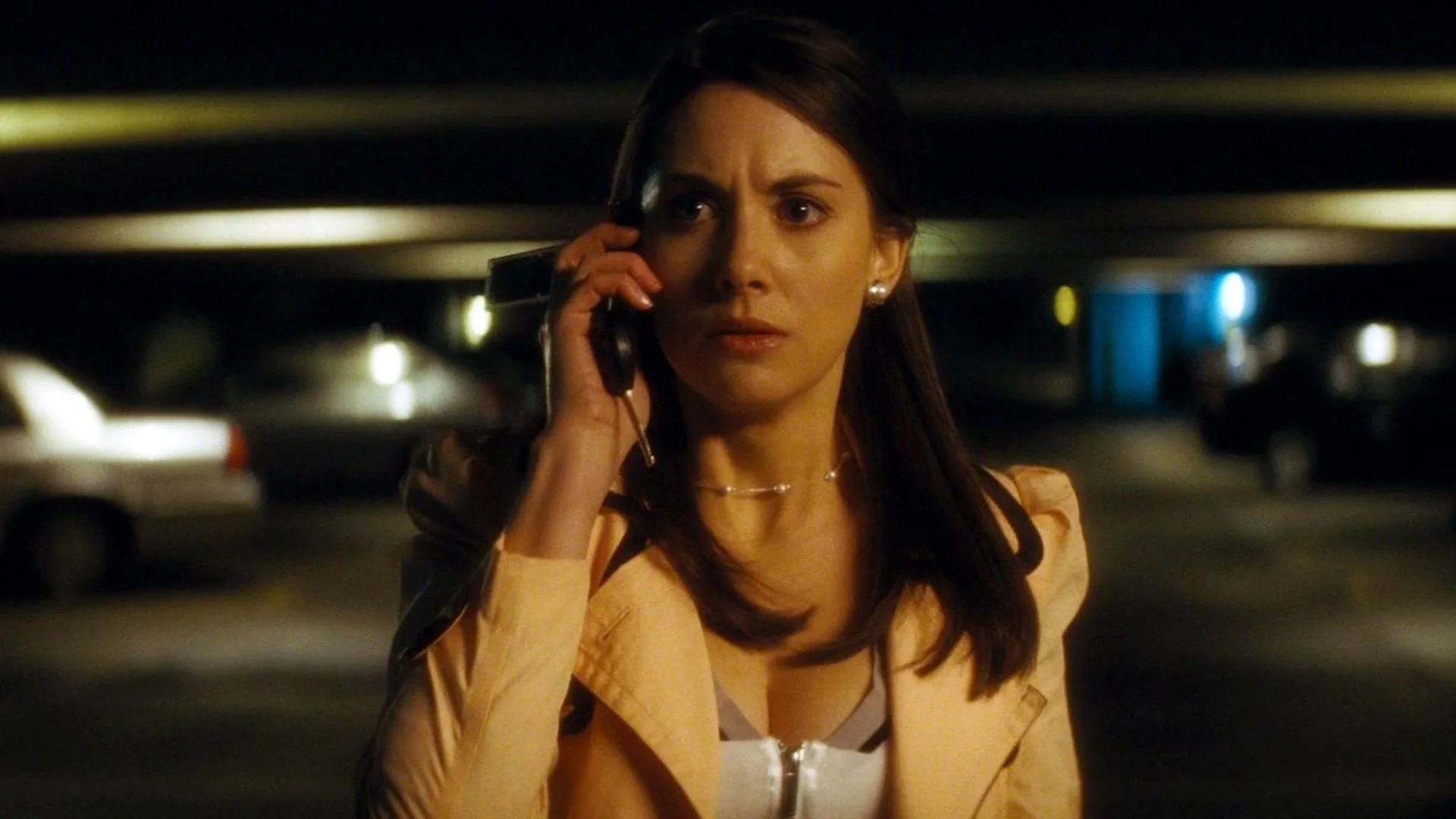though now Santiago Miter is gaining international recognition for his splendid historical and courtroom drama ‘Argentina, 1985’, a favorite to make the shortlist for the Academy Awards for Best International Film; this same year, the Argentine director dared to give the leap to international cinema, shooting in French with ‘Piccolo fiore’, presented at the Buenos Aires Festivalin April, and which, due to distribution problems, is now reaching commercial theaters, after the box office triumph of the aforementioned feature film starring Ricardo Darín.

Really, it would be time to look deeper into ‘Little Flower’ than ‘Argentina, 1985’. Not because the French experience of Miter is better or worse, but because the film that tells the Juicio a las Juntas follows the same line of the director, who was behind the fabulous ‘La cordillera’ or ‘Paulina’, all with a strong political in the plot . ‘Little Flower’ adapts the novel of the same name by Iosi Havilio e breaks the dramatic line of Miter, to try his hand at comedy. Given the authorial character of the director, his commitment to changing register goes beyond making a comedy, directing a malevolent satire.
‘Little Flower’ is located in a French provincial town, far away from that big capital called Paris. The protagonist, an Argentine expatriate named José, played by Uruguayan Daniel Hendler, is forced to move to that region., of an industrial nature, because his work as an illustrator for a company made him move there. The man doesn’t seem to fit in, since he doesn’t speak French and all of his business communication has to be done by his wife, Lucie, played by Vimala Pons, who has just given birth to the couple’s eldest daughter.

The film shows a taciturn character, consumed by his own sadness, as reaching middle age was not as he had imagined, mostly due to his artistic nature, as it is implied that he is a frustrated comic book illustrator. That feeling deepens when he gets fired and Lucie is the one who goes out looking for work, while he stays to do the housework. Miter recounts the crisis of the middle-aged man with a particular gaze, he does it from the perspective of a contemporary forty-year-oldwho views his frustration with resignation and finally embraces his share of house husband, who ends up being oblivious to his own sense of failure as an artist.
The director of ‘Argentina, 1985’ approves of his move to comedy
The break-in of an eccentric neighbor, played by a fabulous Melvil Poupaud, who will accidentally kill, will be the breaking of the logic of the story, to introduce it into a sort of ‘Trapped in time’ of the crimeWell, even as the days go by, the dead neighbor revives every week, repeating the pattern of death, killing the aforementioned differently with each encounter. It is that sadistic and cruel moment that makes José, little by little, begin to wake up.

that’s where Miter creates a kind of parable of taking a risky action to break the rut. Some bungee jump, some surf, some kill their neighbors. Given the satirical nature of the film, he manages to ensure that this criminal moment, after the initial confusion, can be seen as a metaphor which, on the other hand, maintains certain homoerotic overtones, mainly due to the ambiguity that Poupaud exudes with his character.
Finally, the final message is that, although breaking the routine and having an adventure can be an ecstatic experience; what strengthens a couple are routines and everyday life, where predictability is a much better option. From this point of view, Miter’s transition to comedy is reminiscent of Andrea Bagney’s debut film ‘Ramona’. Sure, news story, the director gets acclaim, especially for a very particular vision of what humor is.
Note: 7
The best: Melvil Poupaud’s interpretation is very hypnotic. It’s nice to see him away from the dramatic roles that audiences usually get used to.
Worse: In reality, the dynamics of the murders are not entirely well presented. In theory it is understood, but not in practice.
Source: E Cartelera
Bernice Bonaparte is an author and entertainment journalist who writes for The Fashion Vibes. With a passion for pop culture and a talent for staying up-to-date on the latest entertainment news, Bernice has become a trusted source for information on the entertainment industry.




